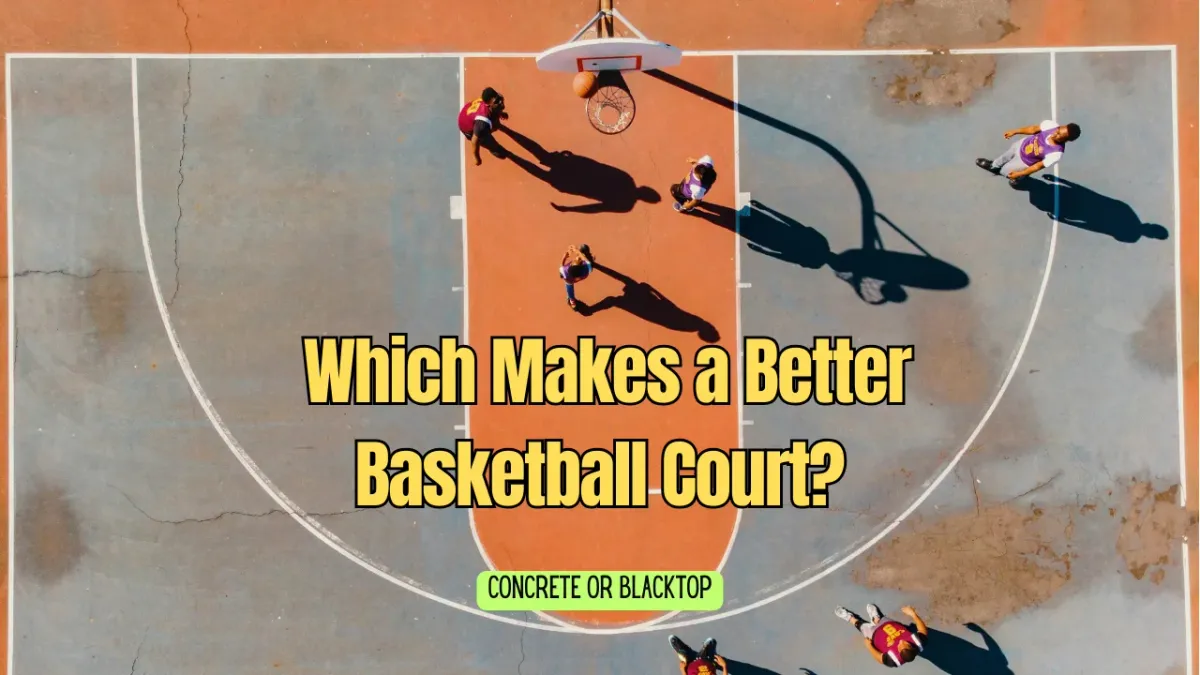Basketball enthusiasts often ponder whether it's acceptable to use an indoor basketball outside. This question is crucial for players who want to make the most of their equipment without compromising the quality of their game or the longevity of their basketball. In this comprehensive guide, we'll explore the differences between indoor and outdoor basketballs, the impact of playing surfaces on the ball, and provide practical advice for basketball players of all levels.
Key Takeaways:
- Understand the differences between indoor and outdoor basketballs and their respective materials.
- Learn about the effects of outdoor surfaces on indoor basketballs and how it can affect playability.
- Get tips on how to choose the right basketball for your playing environment to ensure the best playing experience and durability.

The Core Differences Between Indoor and Outdoor Basketballs
When it comes to basketballs, the main difference lies in the material used to construct them. Indoor basketballs are typically made from full grain leather or a composite material that offers a softer feel and a shorter break-in period. This type of material provides players with better grip and ball control, which is ideal for the smooth surfaces of an indoor court.
Outdoor basketballs, on the other hand, are crafted from more durable materials like rubber or synthetic leather designed to withstand rough and harsh conditions. The rougher texture of an outdoor ball provides a higher bounce and is more suitable for the concrete or asphalt surfaces of outdoor courts.

Can You Use an Indoor Basketball Outside?
Technically, you can use an indoor basketball outside, but it's not recommended. The delicate materials of an indoor ball, such as genuine leather, are not designed to withstand the rough and hard texture of outdoor surfaces. Playing with an indoor basketball outside can lead to a quicker deterioration of the ball, affecting its durability and the playing experience.
Moreover, the smooth surface of an indoor basketball may not offer comparable control on an outdoor court, where a ball with a rougher texture is needed for better grip and handling. Using an indoor ball outdoors can also result in a higher bounce than usual, which can be challenging for ball control during a game.
The Material Matters: Indoor vs. Outdoor Basketballs
When discussing whether is it ok to use an indoor basketball outside, it's crucial to understand the material differences. Indoor basketballs are typically made from full grain leather or composite material, which offers a softer feel and more flexibility. This is ideal for the polished indoor courts where ball control and a gentle touch are paramount. However, these materials may not withstand outdoor surfaces that are often rough and hard. The rougher texture of outdoor basketballs, on the other hand, is designed to cope with harsh conditions and provide a better grip when playing on street courts.
Conversely, outdoor basketballs are crafted from more durable materials such as rubber or synthetic leather. These materials are engineered to endure the rough surfaces and outdoor conditions without compromising the ball's integrity. While an indoor ball may offer comparable control and a shorter break-in period, using it on an outdoor court can lead to rapid deterioration. The actual difference in materials means that while you can technically use an indoor basketball outside, it may not provide the optimal playing experience and could shorten the ball's lifespan.
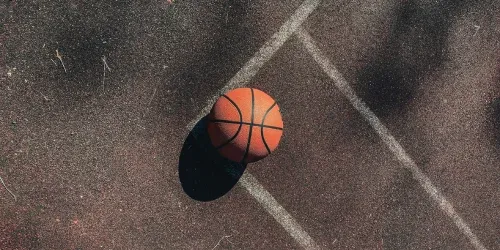
Impact of Outdoor Play on Indoor Basketballs
When an indoor basketball is used on outdoor surfaces, the ball is exposed to rough and harsh conditions that can damage its exterior. The fine materials like leather or composite leather can wear down quickly, leading to a loss of the ball's original texture and grip.
Additionally, the consistent impact against the hard concrete can deform the ball, affecting its roundness and bounce. This can significantly alter the playing experience, making the ball less predictable and more difficult to handle during professional games or recreational play.
Adaptability for Recreational Play
For recreational players who enjoy a casual game on various courts, the question of whether to use an indoor basketball outside or bring an outdoor ball indoors can be a matter of convenience. While not ideal, an indoor basketball can be used interchangeably to an extent, especially if the playing surface isn't too extreme. Indoor balls can withstand a bounce on outdoor surfaces for occasional use, and outdoor balls can offer a decent playing experience when brought indoors. However, the main difference will be felt in the ball's grip and bounce—an outdoor basketball inside may have a higher bounce and a harder texture.
It's also worth considering that indoor basketballs used on outdoor courts may develop a rough and harsh texture over time, affecting both the playing experience and the ball's durability. For those who frequently play basketball in both settings, investing in two separate balls—one for indoor play and another decent outdoor ball—could be the most practical solution. This ensures that each ball is used in conditions that match its design, providing the best playing experience and longevity for the sport.
Choosing the Right Ball for Outdoor Use
For those who frequently play outdoors, investing in a decent outdoor ball is essential. Outdoor basketballs are specifically designed with more durable materials to withstand outdoor conditions. They offer a rougher texture for better grip on outdoor surfaces and are constructed to maintain their shape and bounce despite the rough play.
When selecting an outdoor basketball, look for one made of rubber or synthetic leather, which are materials that can endure the wear and tear of street courts and outdoor play. These balls are also generally more affordable than their indoor counterparts, making them a practical choice for outdoor use.
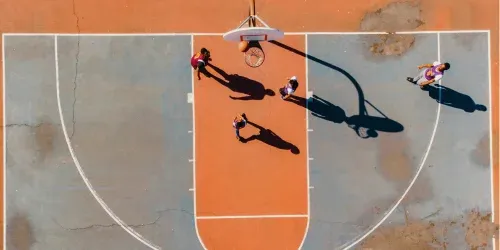
The Durability Factor
Durability is a key factor when considering whether to use an indoor basketball outside. Indoor balls are not built to endure the abrasive nature of outdoor courts. Over time, the fine materials of an indoor ball will break down, leading to a need for replacement much sooner than if it were used exclusively indoors.
Outdoor basketballs, conversely, are made with durability in mind. They are designed to withstand the bounce and wear of outdoor surfaces, offering a longer lifespan even under rough conditions. For players who want a ball that lasts, choosing an outdoor ball for outdoor play is a wise decision.
The Playing Experience
The playing experience is significantly different when using an indoor basketball outside. The smooth surface of an indoor ball may not provide the same level of grip and control on an outdoor court, potentially affecting a player's performance.
Conversely, outdoor basketballs are designed to offer comparable control and grip on outdoor surfaces, ensuring a consistent playing experience. Recreational players and professionals alike will benefit from using a ball that matches the playing surface, whether it's for a casual game or competitive play.
When to Make an Exception
There may be times when using an indoor basketball outside is acceptable. For instance, if you're playing a casual game and do not have access to an outdoor ball, using an indoor ball temporarily won't cause immediate damage. However, it's important to note that even occasional outdoor use can shorten the lifespan of an indoor basketball.
If you must use an indoor ball outdoors, try to play on the smoothest surface available and limit the duration of play to minimize the impact on the ball's condition.
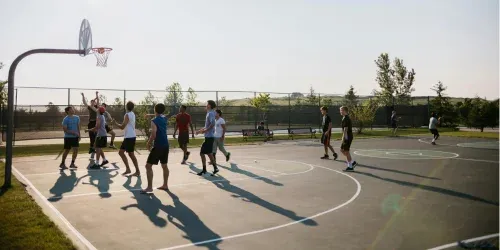
Summary
While you can use an indoor basketball outside, it's not advisable due to the potential damage to the ball and the impact on your playing experience. Indoor basketballs are made with materials that are not meant to withstand outdoor conditions, leading to quicker wear and a less satisfactory game. For regular outdoor play, investing in a durable outdoor basketball is the best choice to ensure longevity and a consistent playing experience.
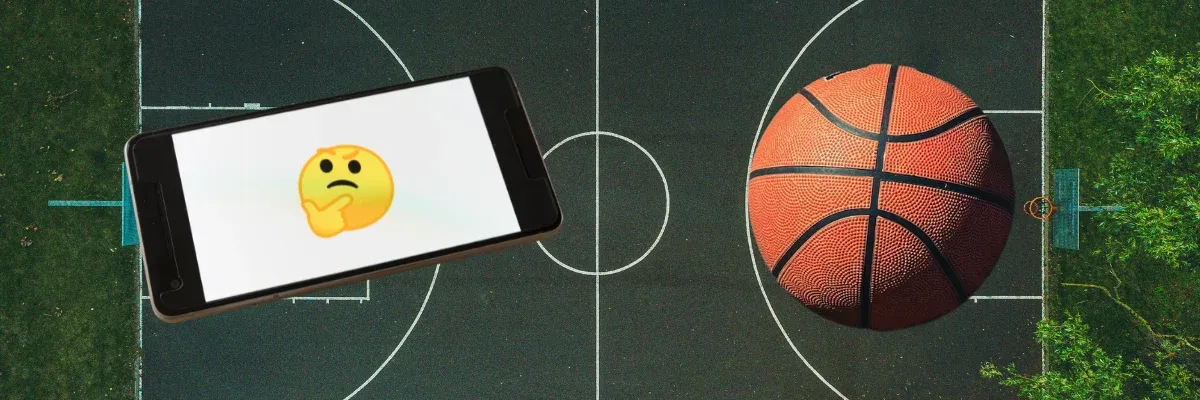
FAQs
Will using an indoor basketball outside once ruin it?
Using an indoor basketball outside on a single occasion won't necessarily ruin it, but it can start the process of wear and tear. It's best to use an outdoor ball for outdoor play whenever possible.
Can outdoor basketballs be used indoors?
Yes, outdoor basketballs can be used indoors, but they may not provide the same level of grip and control as an indoor ball due to their harder texture and higher bounce.
How can I tell if a basketball is meant for indoor or outdoor use?
Check the material of the basketball. Indoor basketballs are usually made of full grain leather or composite leather, while outdoor basketballs are typically made of rubber or synthetic leather, which are more durable for outdoor conditions.
Related articles:
